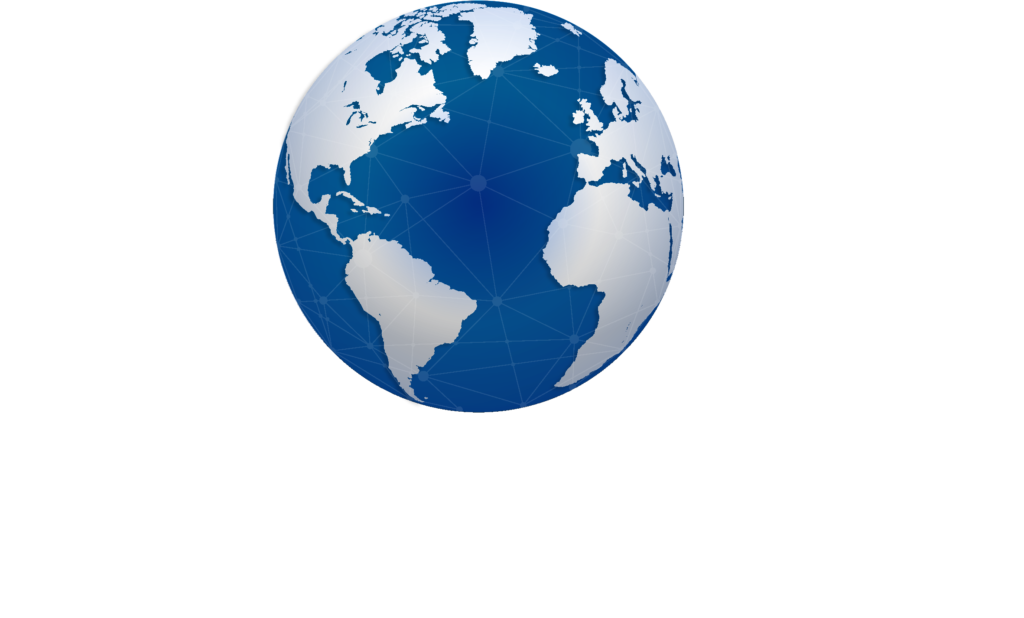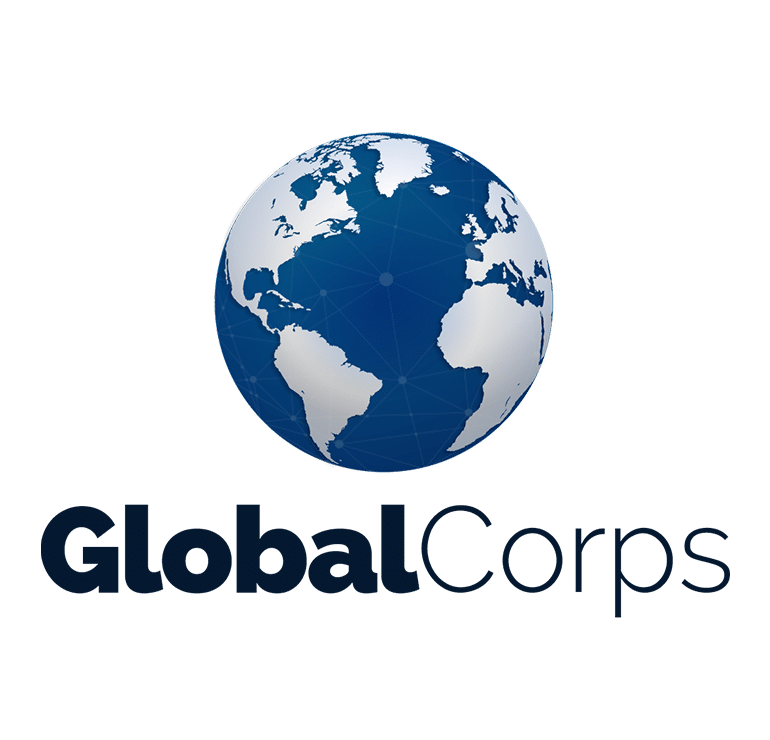
Sobre
A Global Corps é uma companhia que oferece soluções em Sistemas de Gestão Empresarial
e Gestão de Facilities.
Nós possuímos uma metodologia própria, testada e aprovada na realização de treinamentos, diagnósticos, implantação e auditorias de Sistemas de Gestão e Gestão de instalações corporativas.
Nossa equipe é composta por profissionais altamente capacitados para fazer parte da sua equipe de trabalho, participando da implementação dos sistemas, contribuindo para a efetiva realização das atividades planejadas com pleno sucesso, focando em soluções que aumentem a competitividade do seu negócio.
Nossas áreas de abrangência são: Gestão Administrativa, Qualidade, Saúde e Segurança, Meio Ambiente, Sustentabilidade, Licenciamento Ambiental e Gestão de Facilities. Todos os serviços oferecidos pela Global Corps são adaptáveis para pequenas, médias e grandes empresas.
Serviços
Oferecemos as melhores soluções para sua empresa.
Auditoria e Assessoria API Spec Q1 e Q2
Veja mais sobre nossa assessoria e auditoria aqui.
Certificações
e
Normas Técnicas
Veja mais sobre como podemos te ajudar com as certificações técnicas API, ISO, ABS, DNV, Lloyds, entre outras
Gestão de Facilities
É a contratação de serviços de infraestrutura, visando garantir o funcionamento adequado de uma organização: Limpeza, manutenção, portaria, recepção, entre outros.
Licenças e Cadastros Ambientais
A licença ambiental é um procedimento que autoriza e acompanha a implementação, execução e operação de atividades que utilizam recursos naturais.
Segurança
do Trabalho
Saiba mais sobrea parte de segurançano trabalho (PPRA)
e todos os programas de segurança.
atestam nossa
qualidade.
Nossos clientes e parceiros podem confirmar o excelente serviço prestado pela nossa equipe. Fique seguro, você está em uma empresa séria e capacitada.


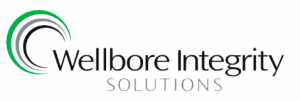

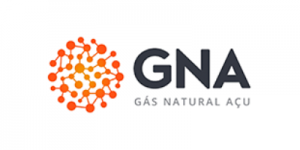
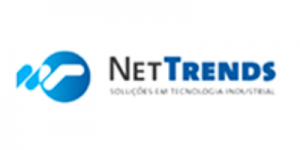
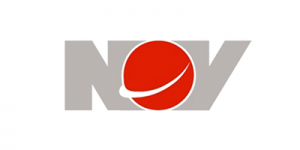
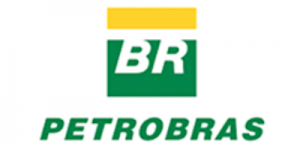
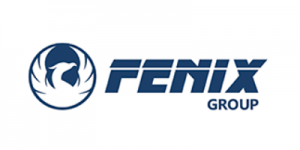
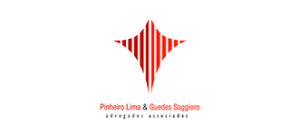


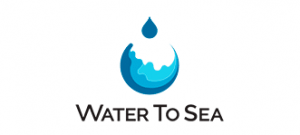
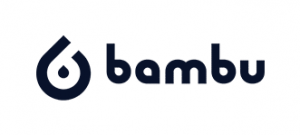
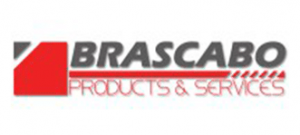
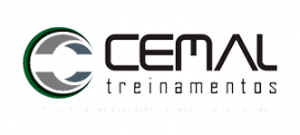
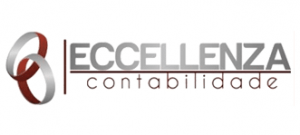
Estamos felizes em
receber a avaliação dos clientes!
Depoimentos
Blog
compartilhar história e mais notícias

Você sabe como engajar o time no Sistema de Gestão da Qualidade?
Envolver os colaboradores no Sistema de Gestão é essencial para a organização e faz toda a diferença.Listamos algumas instruções simples para incentivar a participação de
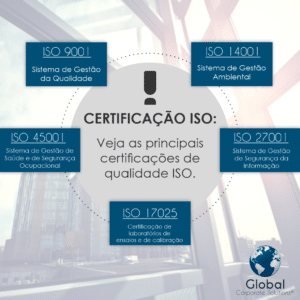
Certificação ISO
As normas ISO são diretrizes reconhecidas em todo o mundo que seguem padrões de qualidade, gestão, entre outros. As empresas que possuem esses certificados oferecem
Nossos Endereços
caso queira nos conhecer melhor.
Macaé - Brasil
-
End: Av. dos Jesuítas, 600, Imbetiba
Macaé , RJ - Brasil - Tel: +55 22 - 2020-3454
Campos do Goytacazes - Brasil
-
End: Rua Marcílio Dias, 35, Parque Tamandaré
Campos dos Goytacazes, RJ - Brasil - Tel: +55 22 - 30250211
Lisboa - Portugal
- End: Av. República, 6, 7 esq, 1050-191 - Lisboa, Portugal
- Tel: +351 213104167

